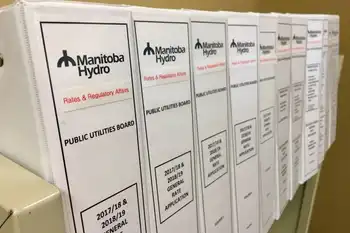Minnesota Signs Deal With Manitoba Hydro
WINNIPEG -- - The Minnesota Public Utilities Commission has unanimously approved a $1.7 billion power export deal with Manitoba Hydro.
It allows Minneapolis-based Xcel Energy to import power from Manitoba Hydro, despite the objections of aboriginal groups.
The 500-megawatt, 10-year deal was given the go-ahead.
It's an extension of an existing deal and will allow power to be exported until 2015.
Approval by Canada's National Energy Board is pending.
The Minnesota decision is a blow to the Pimicikamak Cree Nation of Cross Lake, Manitoba. They had asked the commission to first call a formal hearing into the social and economic impact of historic hydro development on their homeland.
Related News

Pandemic has already cost Hydro-Québec $130 million, CEO says
MONTREAL - Hydro-Qu�e9bec 2020 Profit Outlook faces COVID-19 headwinds as revenue drops, U.S. Northeast export demand weakens, and clean-energy infrastructure plans shift toward domestic investments, energy efficiency, EV charging stations, and grid upgrades to stabilize net income.
Key Points
A forecast of COVID-19 revenue declines, weaker U.S. exports, and a shift to energy efficiency and grid upgrades.
✅ Q1 profit fell 14%; net income $1.53B vs $1.77B
✅ Exports to U.S. Northeast weaker; revenue off ~$130M Mar-Jun
✅ Strategy: energy efficiency, EV charging, grid, dam upgrades
Hydro-Québec expects the coronavirus pandemic to chop “hundreds of millions of dollars”…




